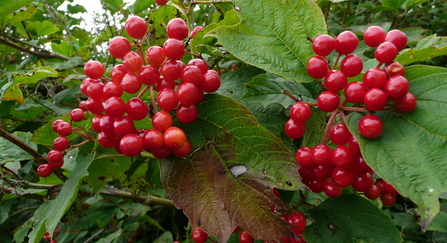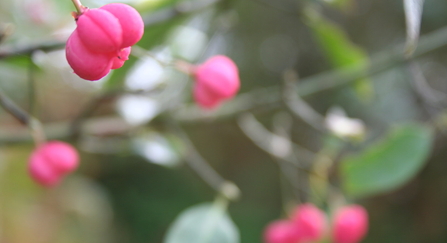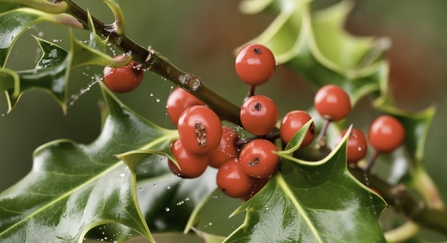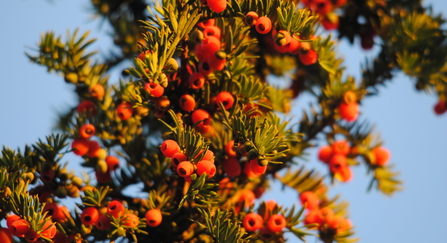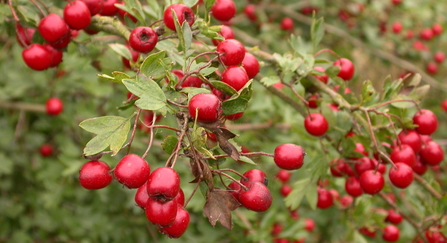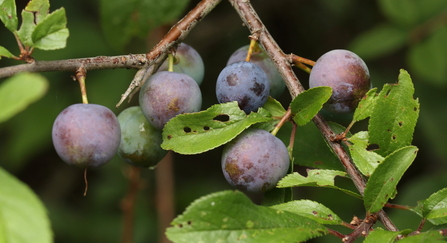Frosted and lit by glancing winter sun, berries still hang like tiny red baubles in the hedges and gardens. It is fascinating to observe which remain in mid-winter and which birds select the remainder of the pickings.
As we take stock of our gardens and plan for the new gardening year, it is worth considering adding fruiting trees and shrubs to your wish list. A wander past neighbouring gardens provides new inspiration and one of the best ways of understanding what will thrive in your local conditions. Bare-rooted trees and hedging plants sold in the winter can be purchased at a fraction of the price of their container-grown counterparts and give a head start to establish before any spring or summer drought.
There are so many more candidates for the wildlife berry garden. In his latest book ‘The Garden Jungle’, Dave Goulson includes his favourites, he reminds us that some of these plants are also attractive to pollinators or support leaf eating invertebrates. He has assembled the list simply by observing his own garden, something many of us can do. There is so much more to learn by quietly watching to see which delectable delights bring wildlife visitors flocking to our gardens, time well spent.
There is a long list of berry-bearing options for gardeners, British Trust for Ornithology include one on their website. When stuck for choice, we recommend starting with the native varieties or select cultivated varieties with red rather than yellow or white berries.

